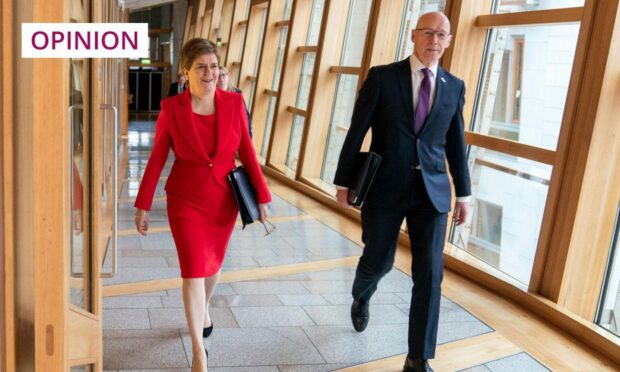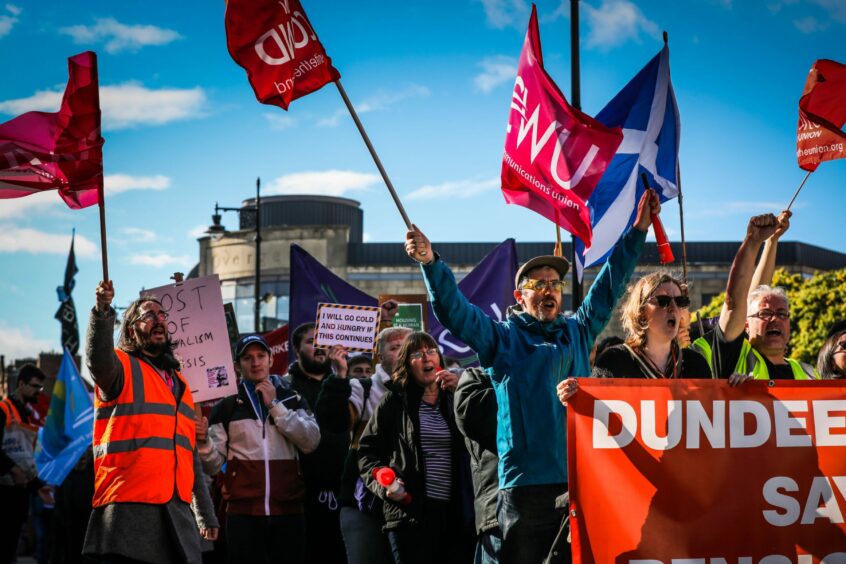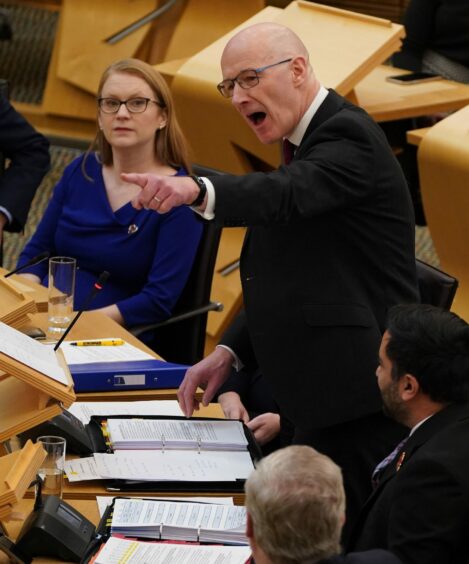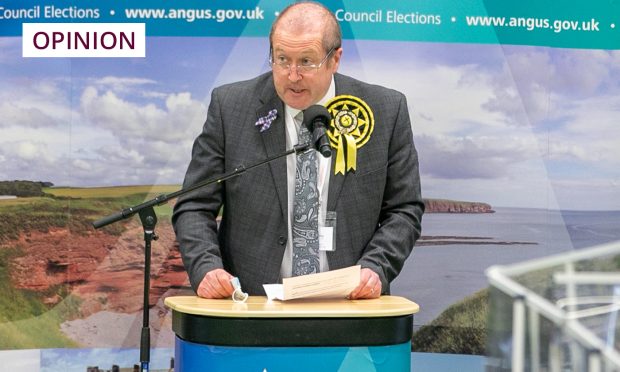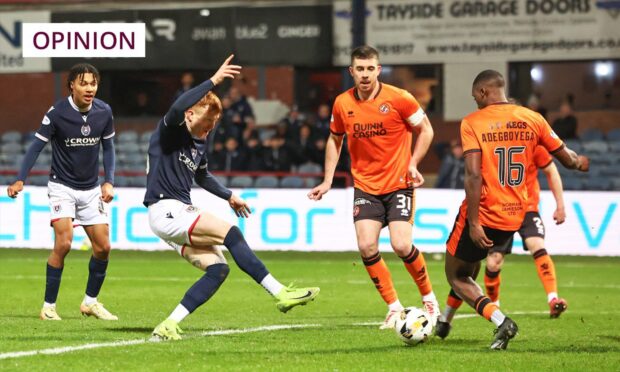A few months after the SNP won office in 2007, the new ministers junked the term “Scottish Executive” for the devolved administration, in favour of the more assertive, and meaningful, “Scottish Government”.
Some people in politics and the media rejected the new terminology, a bit like the Japanese soldier who held out until 1972 in refusing to accept defeat in the Second World War.
However, consensus was achieved when the UK parliament passed the Scotland Act of 2012.
As well as transferring some more powers to Holyrood, this legally changed the name from “executive” to “government”.
It was absolutely the right thing to do, but is also something of a mixed blessing.
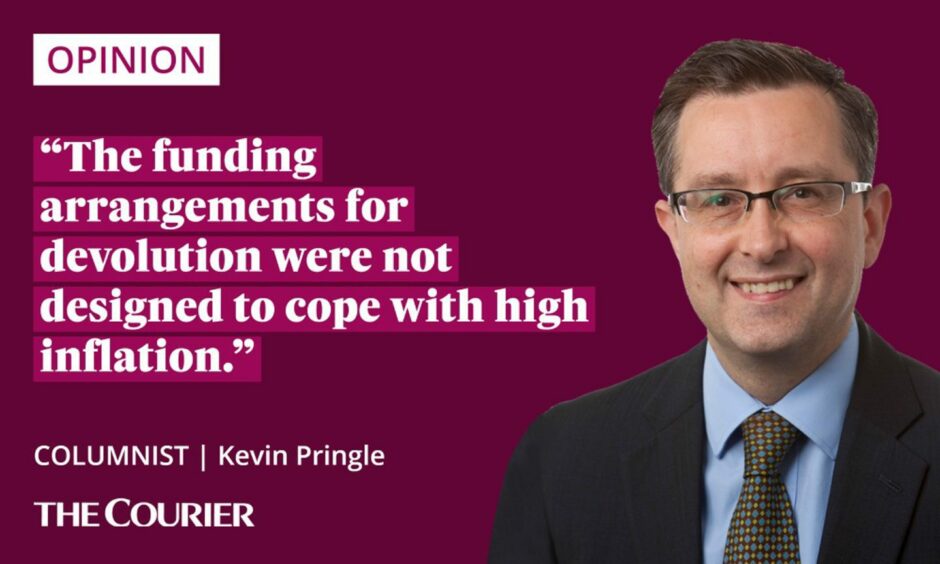
The problem is that people will have expectations of a ‘government’ – which implies the possession of fully-fledged powers – that they might not have about a bland sounding ‘executive’.
Call yourself a ‘government’ and people want to know what you’re going to do for them and the country.
On the other hand, the reservation of so many economic and financial powers to Westminster means that the reality of devolution – as well as the political narrative of pro-independence SNP and Green ministers – places a big focus on things that are beyond Holyrood’s control.
Priorities but no purse strings: John Swinney budget challenges
When the rebranding was done all those years ago, Alex Salmond and Nicola Sturgeon were signalling that they intended to push the boundaries of devolution.
That has become much tougher to do, although also more necessary, in times when budgets are stretched and many of our fellow citizens face real hardship.
Equally, the whole point of arguing for an independent Scotland is to explain how much more could be done in that constitutional scenario, which inevitably involves minimising the scope for action under the status quo.
It’s a difficult balance to pull off.
Critics accuse the Scottish Government of not doing enough today so as to help demonstrate the need for independence tomorrow.
The dilemma is particularly acute in relation to Thursday’s budget at Holyrood, being delivered by John Swinney, the deputy First Minister.
We need all spheres of government to be pulling out the stops to invest in public services, support the economy, and give people all the help they need through this winter and beyond.
Yet most of the Scottish Government’s purse strings are controlled from Westminster, and the funding arrangements for devolution were not designed to cope with high inflation.
Holyrood itself has fallen victim to the cost of living crisis.
According to the Fraser of Allander Institute, inflation has eroded the value of the Scottish Government’s budget in 2022/23 by about £1 billion in real terms.
Government acting within its limits
Even so, the SNP/Green administration has acted where it can, as governments should.
It has delivered landmark anti-poverty measures such as the Scottish Child Payment – not replicated elsewhere in the UK – of £25 a week for each eligible child.
In relation to the current wave of strikes, Holyrood is arguably conducting itself more like a government than its counterpart at Westminster
Breaking: Nurses in Scotland will NOT strike.
Unions and Scottish govt have reached a deal:
– 7.5% pay rise
– 11.2% for lowest earners
– 37.5 hrs/wk to 36hrs/wk
– pay rise backdated to April 2021Great news.
Our Health Care Assistants will get an ~inflation meeting pay rise!
— Dr Dan Goyal (@danielgoyal) December 12, 2022
While UK ministers seem to be going out of their way to antagonise trade unions and their members, the first minister and her colleagues have been involved in meaningful negotiations.
So far two NHS unions in Scotland, Unite and Unison, have accepted an improved pay offer averaging 7.5%, which ends the risk of them taking industrial action.
In his budget, John Swinney has warned of the need for “relentless prioritisation”.
He has pledged to focus on child poverty, achieving a net zero economy, and creating sustainable public services.
To paraphrase Aneurin Bevan, the language of priorities is the religion of all government nowadays.
